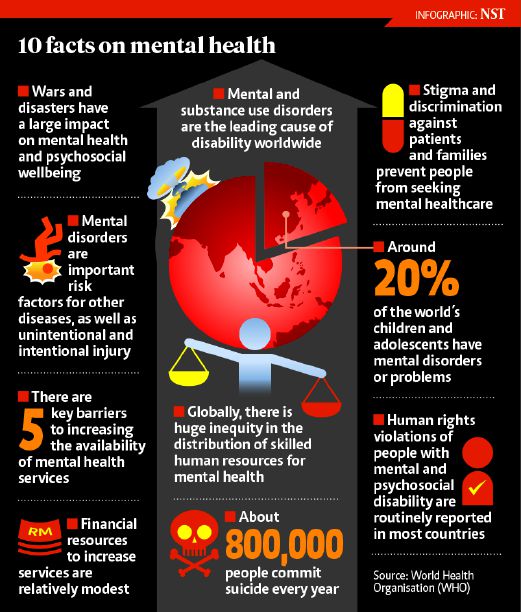Cognitive Behavioral Therapy Explained: A Detailed Step-By-Step Break Down
Cognitive Behavioral Therapy Explained: A Detailed Step-By-Step Break Down
Blog Article
Post Writer-Putnam Schaefer
Cognitive Behavior Modification (CBT) is a powerful tool for taking care of psychological health and wellness difficulties. It concentrates on how your ideas, feelings, and habits engage, providing a structured way to resolve negative patterns. By recognizing its essential concepts and methods, you can get insight into how to improve your emotional health. Allow's explore what makes CBT effective and exactly how it can empower you to take control of your mental wellness trip.
What Is Cognitive Behavioral Therapy?
Cognitive Behavior Modification (CBT) is a structured, ambitious method that helps you recognize the connections between your thoughts, feelings, and habits.
It's based on the idea that negative ideas can lead to harmful feelings and activities. In CBT, you'll work with a specialist to identify these negative idea patterns and challenge them.
You'll find out sensible skills to alter your reasoning, enabling you to respond more favorably to life's difficulties. This method emphasizes energetic involvement, so you'll typically take part in workouts and research assignments between sessions.
Key Principles of CBT
While discovering treatment options, you'll find that numerous crucial concepts underpin Cognitive Behavioral Therapy (CBT).
Initially, CBT emphasizes the link between ideas, sensations, and behaviors. By recognizing this connection, you can determine adverse thought patterns that influence your mood and activities.
Second, the method is ambitious, motivating you to establish particular, achievable goals.
Third, CBT is structured and typically time-limited, enabling concentrated sessions that take full advantage of progress.
Finally, it advertises self-help approaches, encouraging you to manage your signs and symptoms beyond therapy.
Techniques Utilized in CBT
As you look into the strategies used in Cognitive Behavioral Therapy (CBT), you'll find a selection of approaches made to aid you challenge and change unhelpful idea patterns.
One common technique is cognitive restructuring, where you identify and reframe negative ideas.
One more is exposure therapy, which gradually exposes you to feared scenarios, helping to minimize anxiousness.
Behavior activation encourages you to take part in enjoyable activities, enhancing your state of mind.
Journaling can likewise be useful, allowing you to track thoughts and feelings.
Additionally, mindfulness practices help you stay present, decreasing rumination.
Final thought
In recap, Cognitive Behavior modification provides you a useful way to deal with negative ideas and emotions. By understanding IOP for Co-Occurring Disorders 91522 and methods, you can learn to reshape your reasoning patterns and boost your psychological wellness. Whether you're handling anxiousness or anxiety, CBT encourages you to take control of your mental health. With Read More On this page of a therapist, you can create the abilities needed to encounter obstacles and promote an extra positive outlook on life.
